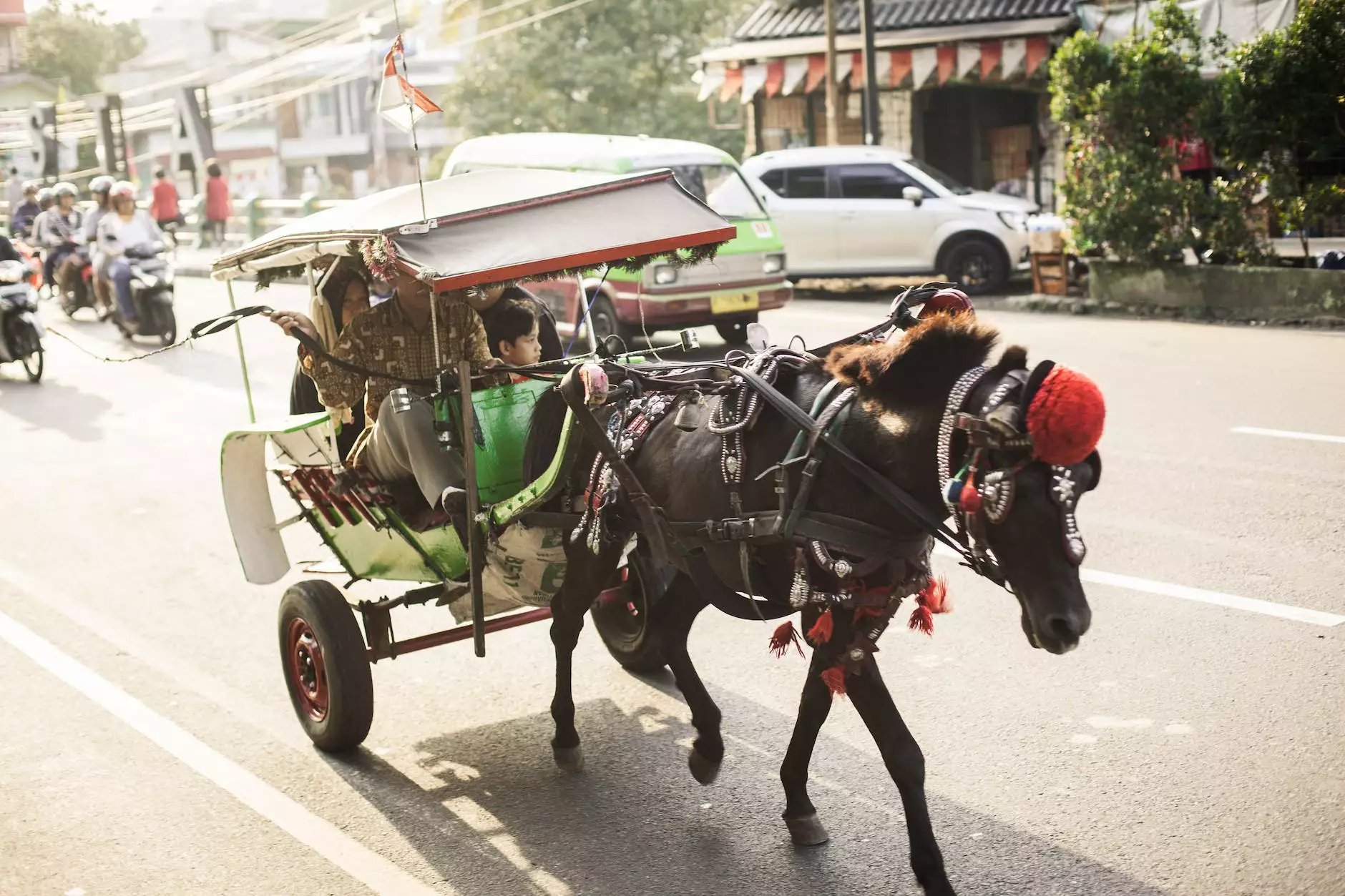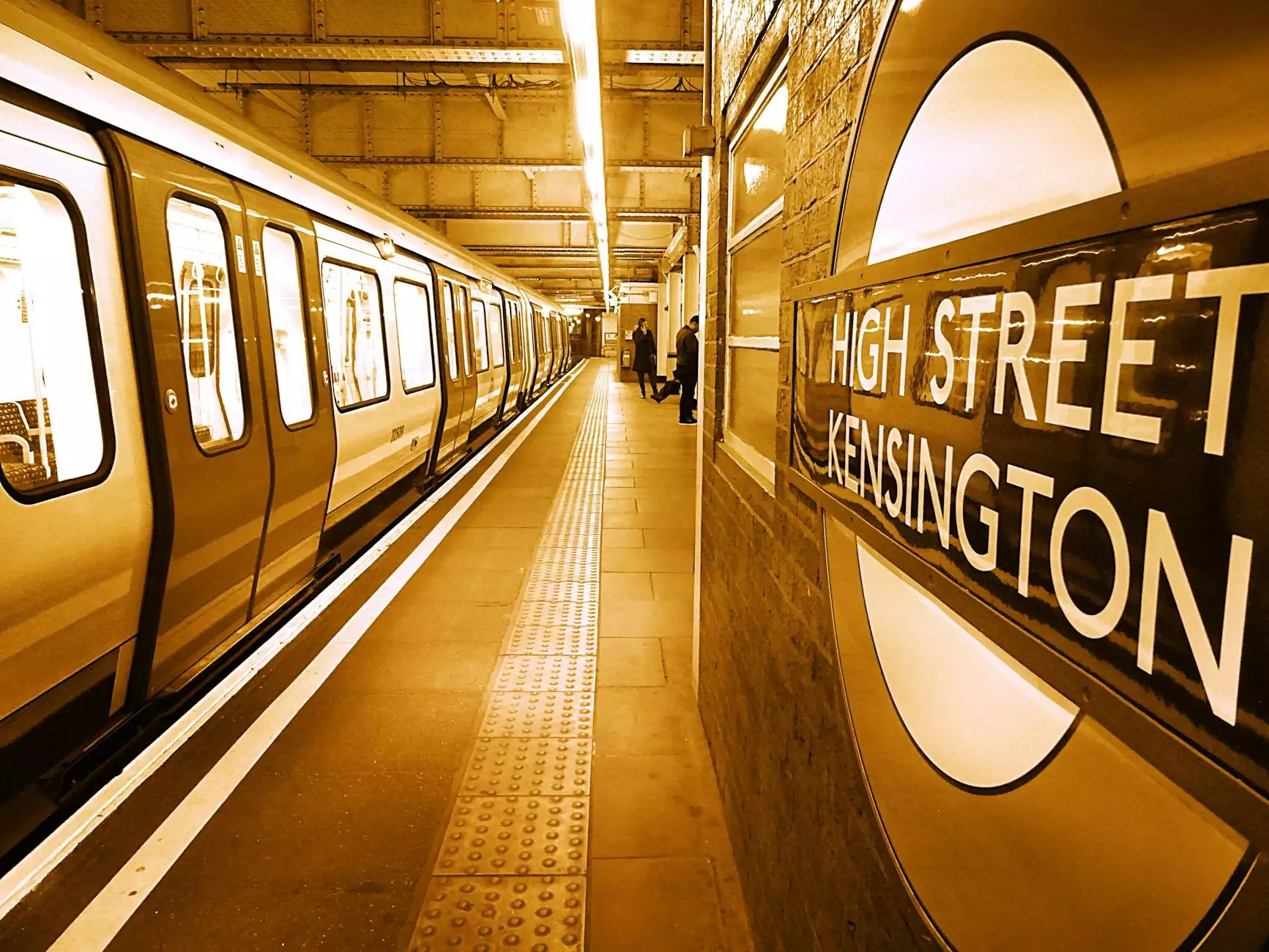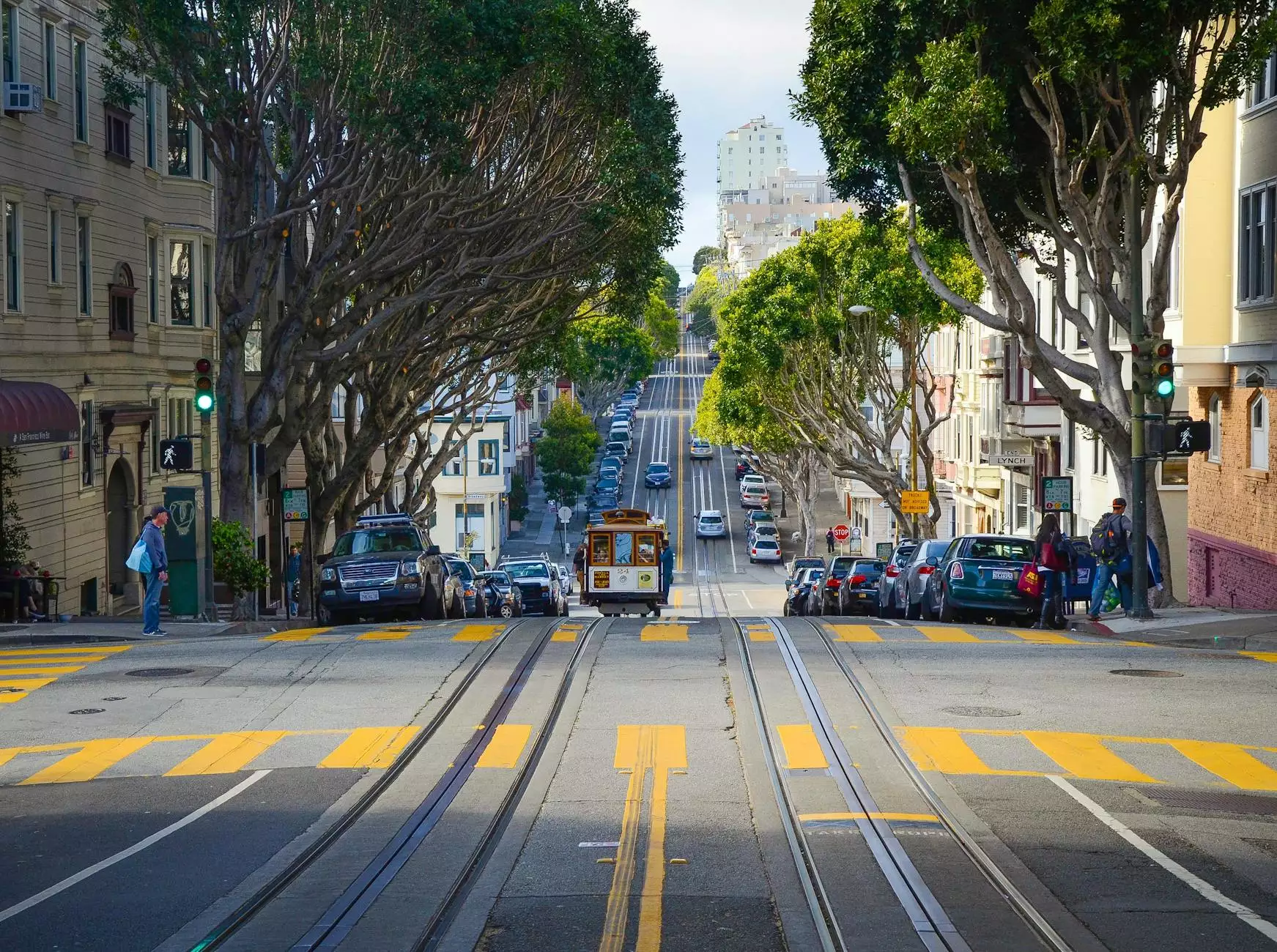1880-1899 - January 01, 1885 - Horse Cars
1800-1849
Introduction
Welcome to La Historia Society's comprehensive account of horse cars during the late 19th century. In this detailed narrative, we will delve into the fascinating story of horse-drawn transportation and its impact on society. Join us as we explore how this mode of transportation shaped the development of cities and influenced the daily lives of individuals during this era.
The Rise of Horse Cars
During the late 19th century, horse cars became a prominent form of transportation in cities across the world. These horse-drawn rail vehicles served as an essential means of getting people from one point to another. The proliferation of horse cars during this time period marked a significant shift in urban transportation systems. As cities expanded and population numbers grew, the need for efficient and reliable transportation options became increasingly apparent.
Benefits of Horse Cars
Horse cars offered several advantages over other forms of transportation available at the time. With their ability to accommodate a large number of passengers, they revolutionized the way people traveled within cities. The introduction of horse cars meant that individuals no longer had to rely solely on walking or horse-drawn carriages to navigate the bustling streets. The convenience and affordability of horse cars made them popular among both the working class and the emerging middle class.
Impact on Society
The advent of horse cars had a profound impact on society during the late 19th century. The accessibility and affordability of this mode of transportation opened up new opportunities for individuals, allowing them to explore and engage with their surroundings more freely. It also played a crucial role in the growth and development of cities, as it facilitated the expansion of urban areas and the establishment of new residential and commercial districts.
Horse Cars and Urban Development
The introduction of horse cars brought about significant changes in the urban landscape. New lines were constructed and existing routes expanded to accommodate the increasing demand for transportation. As a result, neighborhoods and suburbs previously considered remote became easily accessible, leading to the suburbanization of cities. The convenience of horse car travel also stimulated economic growth, as it encouraged the establishment of businesses along the routes, spurring urban development.
Challenges and Limitations
While horse cars revolutionized urban transportation, they were not without their challenges. One of the notable limitations was their dependence on horse power. The availability and condition of horses could impact the reliability and efficiency of the service. Additionally, horse cars were not immune to congestion, particularly during peak hours, which sometimes resulted in delays for passengers. Nevertheless, these limitations did not dampen the overall success and widespread adoption of horse cars during this era.
The Legacy of Horse Cars
Although the reign of horse cars eventually came to an end with the advent of electric streetcars and automobiles, their influence on urban transportation and the development of cities cannot be understated. The network of routes established during the horse car era laid the foundation for future advancements in public transportation systems. Moreover, the legacy of horse cars serves as a reminder of the rapid progress society made during the late 19th century, as it embraced innovation and sought solutions to the challenges posed by urbanization.
Conclusion
In conclusion, horse cars played a significant role in shaping the urban landscape of the late 19th century. The convenience and accessibility they provided transformed cities, allowing individuals to navigate vast metropolitan areas with ease. La Historia Society is proud to bring you this detailed account of horse cars, shedding light on an era defined by transportation advancements and societal progress. Join us in exploring and celebrating the rich history of our communities.
La Historia Society - Community and Society | © 2022










